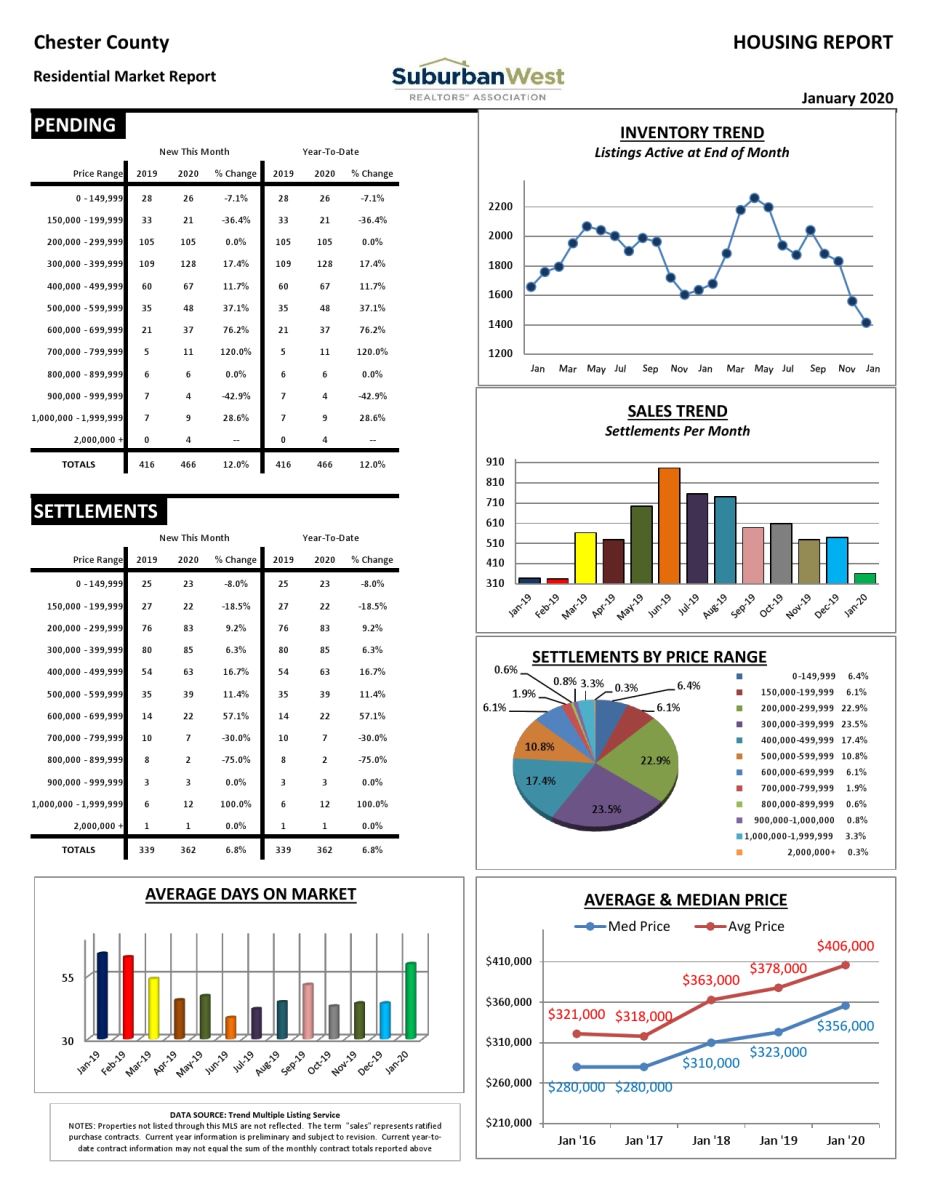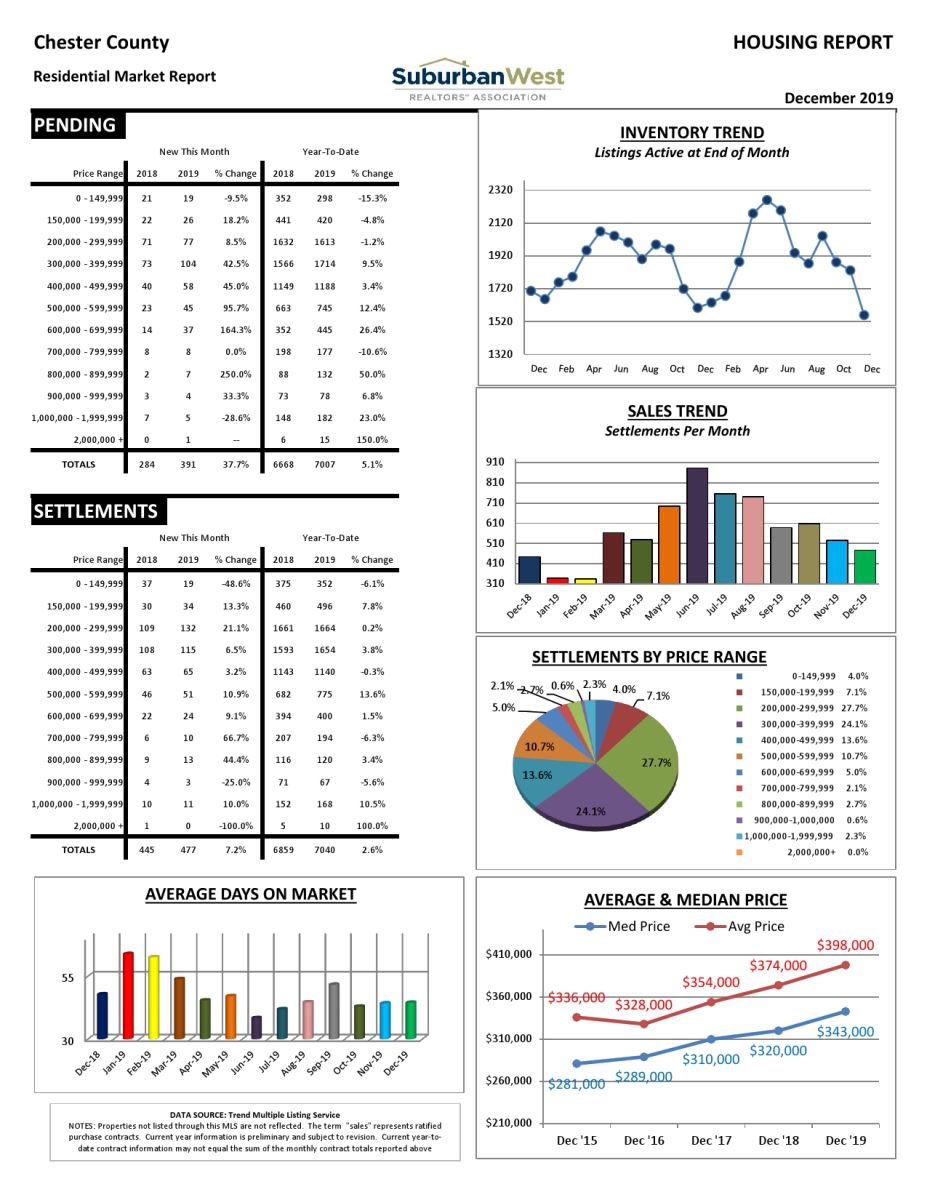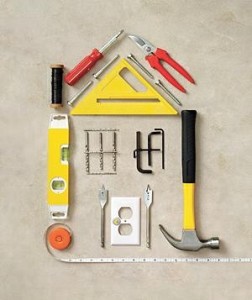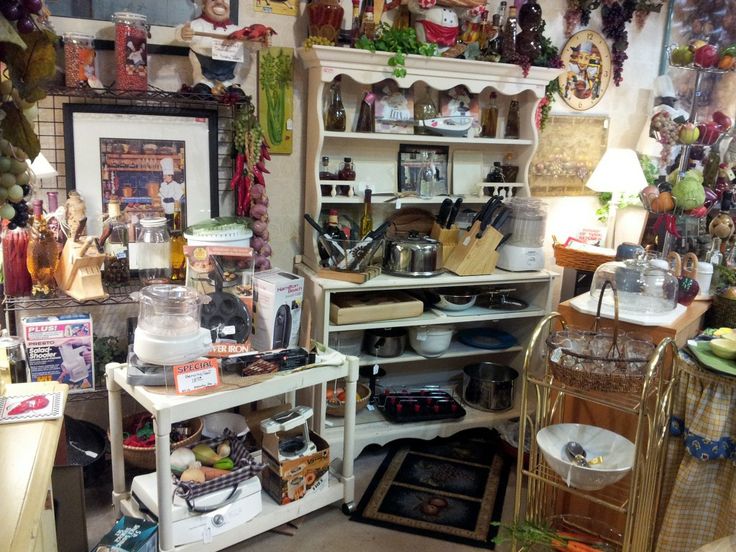Five Reasons You Need a Buyer Agent
When it’s time to start house-hunting, you know that going to an Open House is one way to get a good look at some homes on your own time. But when you’re ready to search for just what you need, the choices can be overwhelming, not to mention the thoughts of negotiating an offer, inspections, the closing--it’s not as simple as you may think. Do you need a buyer agent?

-
- You know what you want in a new home because you know what kind of lifestyle your family lives. A buyer agent will listen and learn about your needs, wants and don’t-wants, take that information, and you don’t have to do another thing but wait for them to find prospects for you to see! How easy is that?!
-
- Hiring a buyer agent opens a whole world of real estate options of which you are likely unaware. REALTORS® not only have a network of other agents, but the tools and expertise that can connect you with the right house sooner than you can find on your own.
-
- The experts a real estate agent has at the click of a mouse or tap on their smartphone will all work together to ensure your home-buying process goes smoothly! Real estate attorneys, tax experts, and inspectors are just a few of the people you may need during the home-buying process.
-
- If problems arise, your buyer agent isn’t always a miracle worker, but they will use all their means to see that the issue is resolved. They want your transaction to go as smoothly as you do.
-
- In most cases, you will owe a buyer agent nothing when you buy your house. Fees are normally paid by the seller, so you’re getting an exclusive, personalized service free!
It’s also important that your buyer agent be part of the National Association of REALTORS® or the National Association of Exclusive Buyer Agents. Ask friends and family for referrals, create a list of your needs, and then write down some questions for the agents you plan on meeting. Interviewing more than two will help you find the best fit, and carefully read over any contracts before you sign. You won’t be sorry you chose to hire a buyer agent!
Courtesy of Chester County PA Realtor Scott Darling.
Photo credit: opendoor













